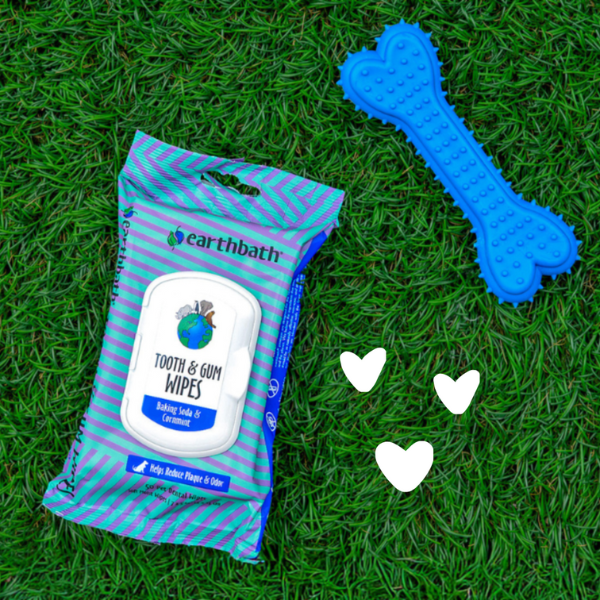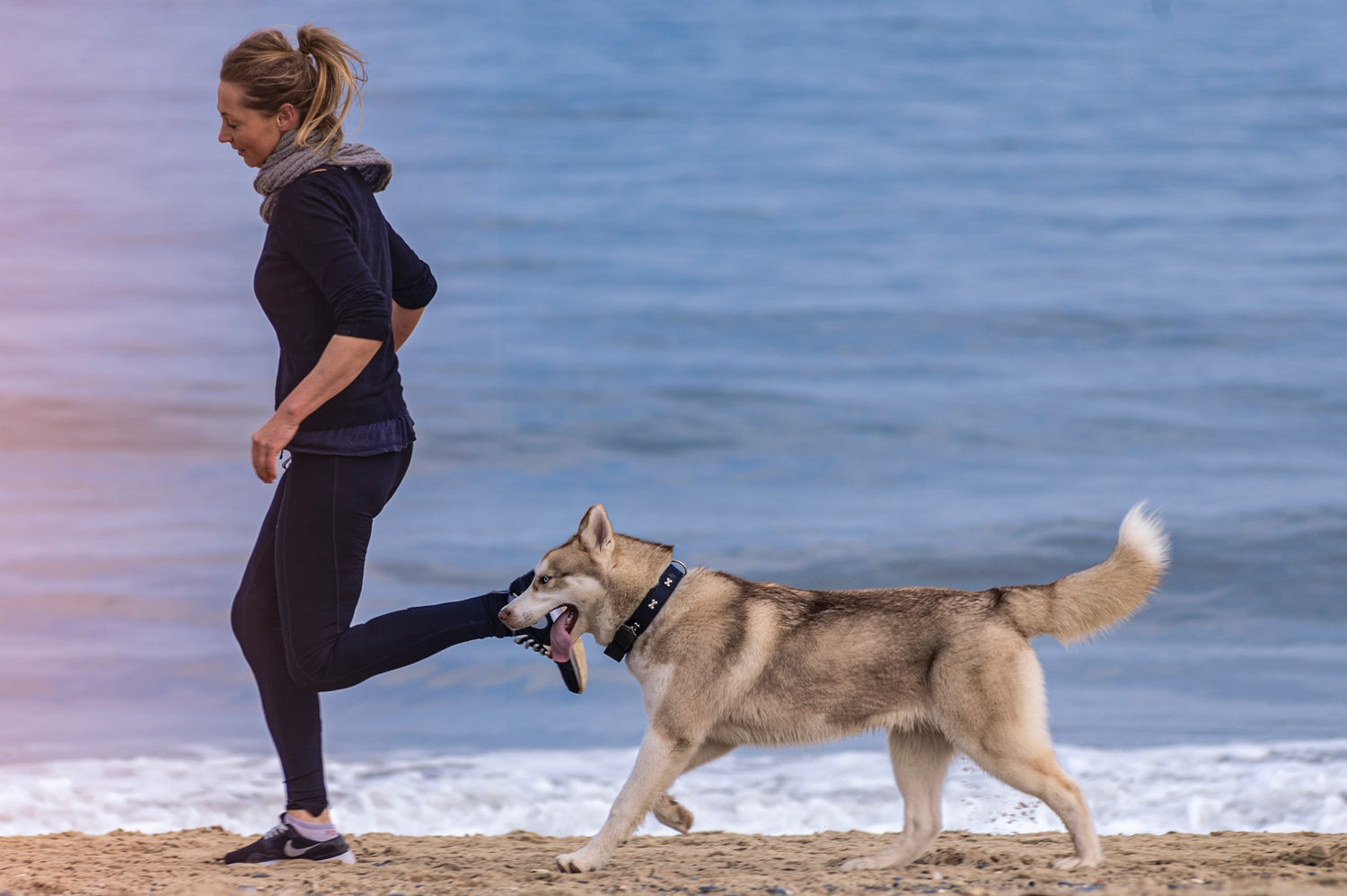We’re almost to the end of the first month of 2023 (Happy New Year!). Are you sticking to your New Year’s Exercise resolution? Most people drop off within the first two months, and it may not be surprising to hear that many people fall of the exercise wagon within the first two WEEKS after nothing but good intentions and fat gym membership fees!
However, if you’re a parent to a slobbery, furry kid, aka a DOG, you have a live-in exercise partner that will help you keep to your daily dose of exercise, in the form of daily walks. The connection has been proven, and you can learn more in The New York Times story about how dog owners get more exercise.
Interestingly, however, simply having a dog doesn’t automatically correlate with being in shape (shocker!). This is because most people choose pets with a similar activity predisposition to their own, or if pets don’t share their owner’s (low) activity levels to begin with, they often become unwittingly “trained” to live a typically-human sedentary lifestyle. No dog was born to be a couch potato and eat pre-made food regularly dispensed neatly into a bowl! Some even observe that people choose pets that physically resemble themselves. This means that the overall level of physical activity in a pet ends up correlating to that of their owner, as does their waistline!
If you’re just starting out on an “exercise plan” with your dog, or trying to increase your and his activity levels, take it slow. You wouldn’t hit the gym for 3 hours the first day of your membership, would you? The last thing you want to do is put unnecessary and possibly damaging stress on your dog’s joints and muscles. If your dog has been inactive or is carrying extra weight, just like in humans, high intensity and/or long exercise sessions can be too much for the body and joints, and cause injury.
Start with an evenly paced, low-impact activity, like a short walk or hike, and then begin to increase the length and challenge as you and your dog gets accustomed to the exercise routine. Especially for dogs with joint problems or osteoarthritis proclivities, it’s much healthier to undertake no- or low- impact activities like swimming, paced hiking or walking over high-intensity exercises, like running , jumping, and twisting.
Set attainable and sustainable activity goals for yourself and your pet. If you commit to going on a daily walk, your dog will start to expect it and look forward to it (which will also help to keep you on track!). If you are starting to feel bored with your normal route or type of activity, change it up by trying a new path, or a longer walk. Explore a different park. Drive to a dog-friendly hiking trail. Don’t be afraid to get your paws wet and go for a swim!
And of course, before you start on an exercise program with your dog, make sure you consult with your veterinarian, and check out our grooming wipes for quick clean ups after your excursions.






